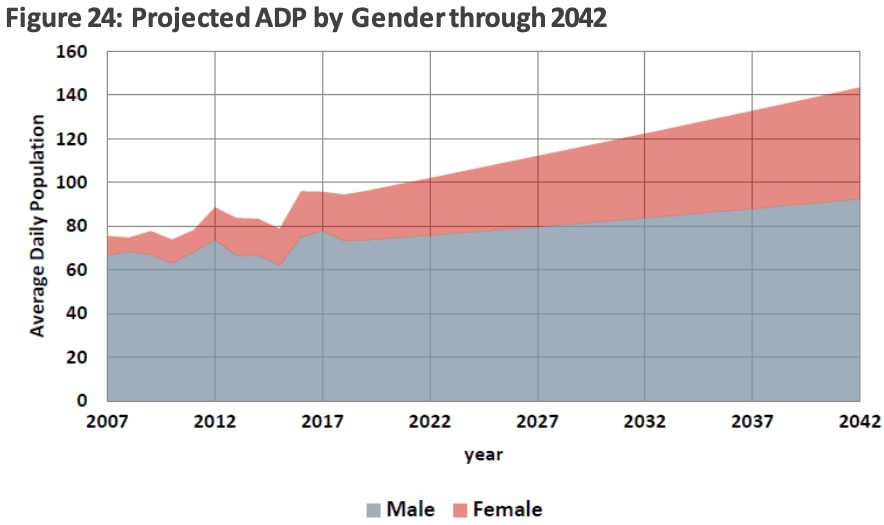Title: The Hidden Factors Driving the Expansion of County Jails: The Role of Architecture Firms
Introduction:
Ian Bazur-Persing’s story highlights the challenges faced by individuals with mental illness in the criminal justice system. Despite being stable and off medication, he experienced a state of psychosis that led to criminal behavior. His case sheds light on the inadequate mental health support available in county jails. This article explores the influence of architecture firms in recommending and designing larger jails, often at the expense of alternative solutions.
The Impact of Inadequate Care in County Jails:
Ian Bazur-Persing’s experience in Allen County jail exemplifies the substandard care prevalent in many county jails. The lack of psychological evaluation and refusal to address his medication needs highlight the urgent need for reform. Overcrowding and poor conditions have resulted in multiple deaths at the facility, prompting calls for a new jail.
The Debate: Remodel or Rebuild?
While county officials argue for a new, larger jail, some residents and the Bazur-Persings advocate for remodeling the existing facility and investing in community services. They believe that policy changes and improved community support can address overcrowding and behavioral health issues more effectively than a costly new jail.
The Influence of Architecture Firms:
Architecture firms play a significant role in shaping the recommendations for jail expansion. These firms often produce feasibility studies that predict growing incarceration needs, using thin data to justify spending millions of dollars in public funds. The conflict of interest arises when these same firms are subsequently hired to design the facilities they recommended.
Questionable Projections:
Feasibility studies conducted by architecture firms tend to rely on past population or incarceration numbers to project future needs. However, these projections rarely match reality. Even when crime rates decrease, studies still recommend larger facilities, citing the need for room to grow. This approach fails to consider the impact of policies and practices on incarceration rates.
The Need for Comprehensive Planning:
Experts argue that good jail capacity planning requires a comprehensive examination of a county’s criminal justice system. Factors such as bail requirements, case processing times, diversion options, and sentencing mandates all influence incarceration numbers. Architects, lacking the necessary background and training, often prioritize building structures over systemic reform.
The Profitability and Opaqueness of the Justice Architecture Sector:
The justice architecture sector is highly profitable but lacks transparency. Few practitioners are willing to discuss their work, and professional associations decline to comment. Relationships between architecture firms and local officials are cultivated through sponsorships, donations, and political support. The sector’s lack of competition allows a few firms to dominate jail construction projects.
The Role of Policy in Reducing Jail Overcrowding:
Experts emphasize that reducing jail overcrowding requires policy changes at the local level. Sheriffs have discretion over how minor infractions are treated and who gets released on their own recognizance. Addressing behavioral health problems in community settings rather than jails can significantly reduce incarceration rates and associated costs.
Community Opposition and Alternative Solutions:
Grassroots coalitions are emerging to challenge the construction of larger jails. These groups scrutinize feasibility studies and advocate for alternative solutions such as renovating existing facilities and investing in community-based support. Successful efforts in California and Pennsylvania demonstrate the potential for citizen-led initiatives to influence policy decisions.
Conclusion:
Ian Bazur-Persing’s case highlights the urgent need for reform in county jails, particularly regarding mental health support. The influence of architecture firms in recommending and designing larger jails raises questions about conflicts of interest and the need for comprehensive planning. By prioritizing policy changes and community-based solutions, counties can address overcrowding and reduce reliance on incarceration.


